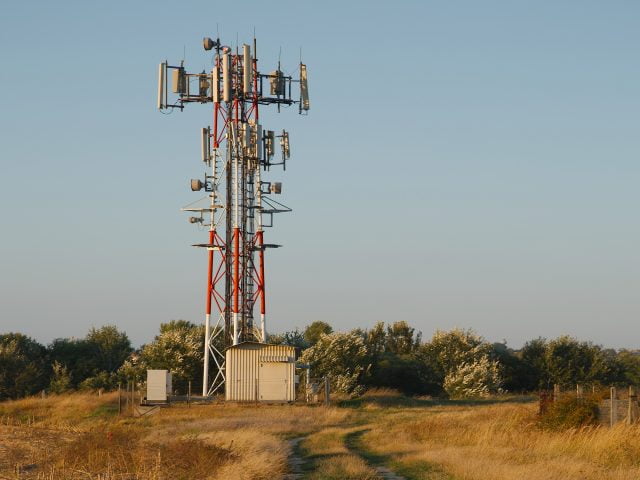
Technology and Disability: The Relationship Between Broadband Access and Disability Insurance Awards
Abstract
This paper examines the association between Social Security Disability Insurance (DI) awards, disability, and technology access. It uses multiple data sources, regression analyses, and geospatial analysis to document the geographic variation in these relationships. Our initial hypothesis was that any relationship between DI awards, disability, and technology access (e.g., computers, the internet, and broadband) would simply reflect the broadband gap between rural and non-rural, but we find that disparities hold even after taking into account these geographic differences.
The paper found that:
- There is a negative relationship between DI award rates and computer, internet, and broadband access. Counties with a high proportion of DI beneficiaries have less access to computers, internet, and broadband than those with fewer DI beneficiaries, even after controlling for county-level characteristics such as age, race, housing prices, and rural/non-rural status.
- The technology gap is not limited to rural areas. Although people in non-rural areas have greater access to technology (e.g., computers, internet, and broadband) than those in rural areas, both non-rural and rural counties with high DI award rates are less likely than their counterparts with lower DI award rates to be connected.
- Disability rates, which are four times higher than DI award rates, exhibit a similar negative relationship with technology access.
The policy implications of the findings are:
- Considering the dual challenges facing people with disabilities who have low access to technology is important to providing services and programs to people and communities in need.
- Understanding the relationship between DI awards, disability, and technology access could help SSA identify specific areas of the country and specific groups with lower-than-expected DI applications because of limited technology.






